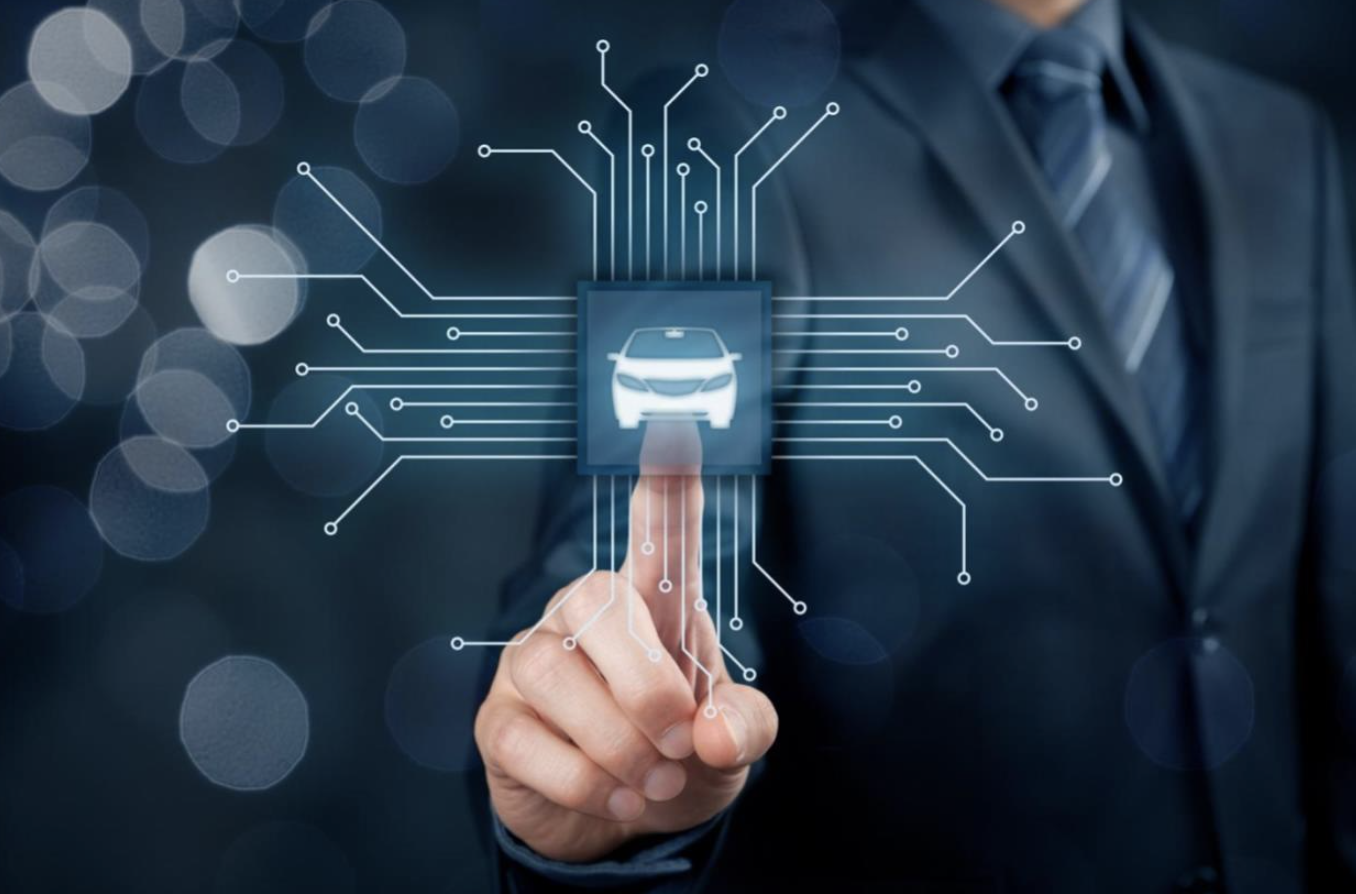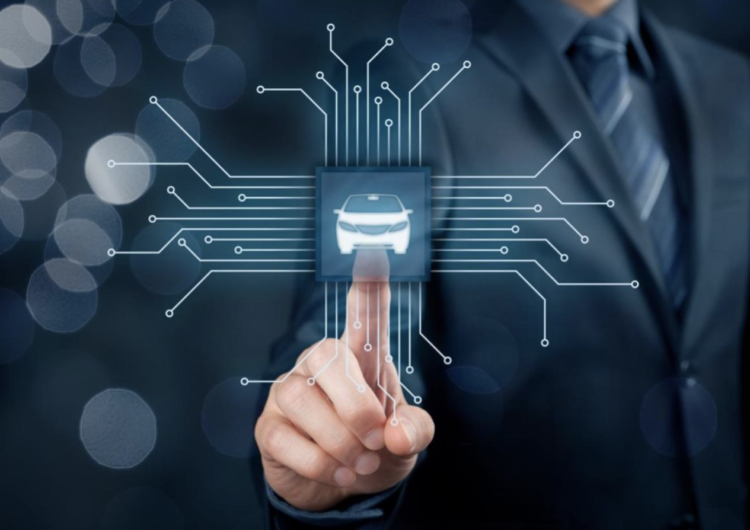
By Exec Edge Editorial
The internal combustion engine (ICE) may have changed the 20th century more than any other technology, ushering in new possibilities for travel, industry, and commerce. Of course, ICEs have also long been one of the leading contributors to greenhouse gas emissions, despite significant improvements in efficiency over the years.
At Manaflex, engineers are partnering with industry leaders to solve this problem through utilizing advanced manufacturing technologies. Following initial innovators like Tesla, most major automakers are now heavily invested in EVs to meet increasing consumer demand. EV sales surpassed
14 million units worldwide in 2023, and EV sales now constitute more than 15% of the passenger vehicle market worldwide, up from 8.9% in 2021.
But despite the exponential growth of the EV industry, cost is still a barrier to entry for many consumers, and manufacturers are racing to make products that can compete with internal combustion technology that’s been designed for cost efficiency for decades.
“Here’s the problem: EVs are competing with the ICE car that’s been around for over a hundred years, and the ICE industry has finely tuned to optimize cost complexities including around supply chain,” says Robert Lane, co-founder and CEO of Manaflex.
“Fundamentally, EVs are just more efficient, maintenance-wise, but the supply chain isn’t there, and companies haven’t been able to make the cost more affordable for the general public. So, we’re going through a phase where yes, EV is the future for society, but it is imperative to make it affordable to all communities.”
Inside Manaflex’s Tech
Manaflex’s solution to reduce the cost of EVs is based on an innovative approach to manufacturing the circuits that power them. Founded in 2017, Manaflex knows the EV supply chain well, and it’s building a business on finding cost-effective, environmentally friendly solutions to manufacturing issues that have historically posed obstacles to the industry.
For example, the company uses laser technologies to manufacture aluminum-based electric components, which create FPCs, circuits that can bend, fold, and flex. In the context of EVs, this flexibility opens new avenues for vehicle design and component integration, offering ways to optimize space and reduce weight, directly impacting vehicle efficiency and range. Manaflex’s use of aluminum, rather than copper, also reduces the environmental footprint and costs of FPC manufacturing.
To find ways to reduce costs in a high-tech industry like EV manufacturing requires a willingness to focus on innovating in automation, says Lane.
“We’re not here to just get margin. We’re here to change an industry. If you want to even have a chance in this industry, if you’re even in this industry, you must be realistic about what it is you need to compete. And if you think you can make a lot of margin, it won’t be for very long. The industry requires continuous innovation in technology and a willingness of EV suppliers to bend on margin to support long-term goals of EV leaders.”
FPCs are part of a larger wave of technological advancements that have transformed the EV landscape in recent years. Battery technology, for example, has seen impressive improvements in energy density, charging speed, and life cycle, directly benefiting vehicle range and usability. Similarly, advances in power electronics and motor efficiency have contributed to more efficient power conversion and usage, enhancing the overall performance of EVs.
Integrating FPCs into this technological ecosystem could amplify these benefits. The weight reduction from using FPCs can lead to further efficiency gains, and the design flexibility offered by FPCs can facilitate the integration of advanced sensors and controls, improving vehicle safety and performance.
Manaflex’s recent growth reflects a broader EV industry willingness to embrace new technologies. Manaflex is exploring launching a new U.S. manufacturing facility to accommodate its growing demand. Its IP portfolio includes over 15 patents and patents pending, spanning circuitry, manufacturing, and other innovations.
Advanced Manufacturing and Automation
Manaflex’s approach to advanced manufacturing is central to its growth. In addition to using aluminum materials over copper, the company has focused on circuit printing technology and automation, as well as proprietary software.
The manufacturing methods include using flexible substrate material through various processing stations where different layers of the circuit are printed, assembled, and tested. Much of this process can be automated, resulting in high-speed production of FPCs and reducing labor costs and material waste.
Automation is involved at several stages to control the movement and processing of materials with high accuracy and ensure consistent application of components. This automation allows for the scalable production of FPCs with reduced human intervention, leading to higher throughput, lower costs, and improved product consistency. This is also achieved through Manaflex’s quality control software using technologies in vision.
A distinct advantage of Manaflex’s advanced manufacturing techniques like laser welding is the ability to rapidly iterate and customize circuit designs. This agility is critical in the EV industry, where manufacturers are constantly seeking to adjust designs and ways to improve vehicle performance and reduce costs.
New Technologies and the Future of EVs
While challenges remain, the potential benefits of integrating new EV solutions, such as FPCs, into electric vehicles are not inconsequential, offering hope for a future where electric vehicles are more accessible, efficient, and environmentally friendly. Continued exploration and investment in emerging technologies like FPCs is essential for driving the EV industry forward, transitioning away from ICE vehicles and toward a more sustainable automotive landscape.
“If EV is going to catch up to traditional automotive, EV leaders need to be developing proactive, collaborative and innovative approaches to partnering with their suppliers to make these technologies a reality” says Lane. “EV industry leaders realize this is how we make EVs a reality for the United States — and without their support, Manaflex wouldn’t be experiencing such exciting growth today. We’re lucky to be part of this
moment in American history supporting the EV industry. We are committed to doing our part by not only making EV more affordable for all populations — but also leading with a commitment to manufacturing new technologies in a more sustainable way that also respects our planet.”
Contact:
Exec Edge







